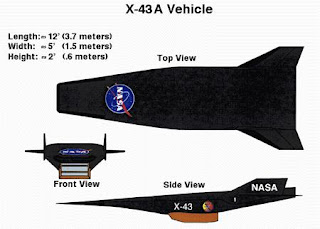 The flight diagram of Hypersoar
The flight diagram of Hypersoar
The flight of Hypersoar is clearly shown in the diagram.It moves by skipping through the edge of the atmosphere.
high speeds of fighter planes and jet engines widen your horizon.How modern jet engines like scramjet engines work,air breathing engines,rocket engines,aerodynamics,origin of flight,modern fighter,bomber,reconizance,refueller,defence transport and unmanned planes.history of fighter plane technology.
 Hypersoar Design Views
Hypersoar Design Views Artist view of a National Aerospace Plane on a space mission
Artist view of a National Aerospace Plane on a space mission Diagrammatic representation of all the three views of NASP
Diagrammatic representation of all the three views of NASP B-29 Superfortress long range bomber plane (USA)
B-29 Superfortress long range bomber plane (USA) Mission profile diagram of X-43A test flight released by NASA
Mission profile diagram of X-43A test flight released by NASA X-43A released from B-52
X-43A released from B-52 Three views diagram of X-43A Hyperplane
Three views diagram of X-43A Hyperplane